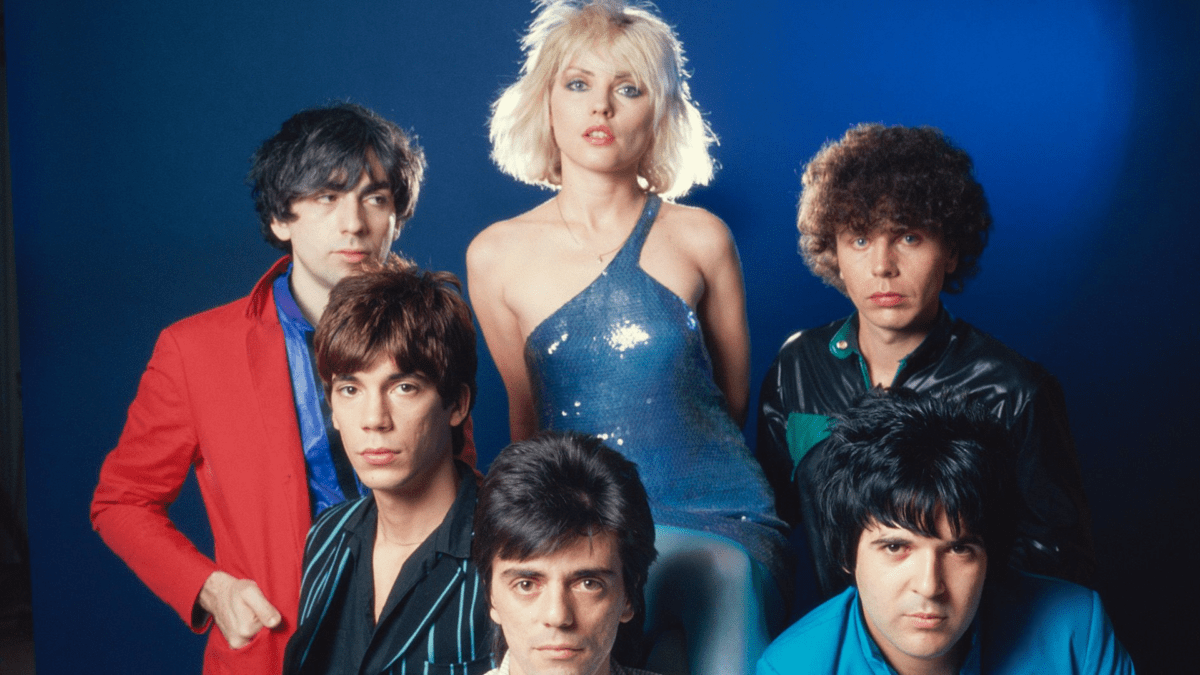Neoclassical music is a genre that has been steadily growing in popularity over the past few decades. It is a unique blend of classical music and modern styles, creating a sound that is both familiar and innovative. Neo-classical music is often characterized by its use of intricate melodies, complex harmonies, and unusual rhythms.
It is a genre that can be both calming and invigorating, and its popularity continues to grow as more people discover its unique sound. In this article, we will explore the history of neo-classical music, its defining characteristics, and some of the most popular artists in the genre.
History of Neoclassical Music
Neo-classical music emerged in the early 20th century as a reaction to the traditional classical music of the past. It is a broad term that encompasses a variety of different styles, often combining elements of classical music with elements of jazz, rock, and other genres. It is often seen as a bridge between classical and popular music, providing a unique blend of the two styles.
The Baroque Era
The roots of neo-classical music can be traced back to the Baroque era of classical music. During the Baroque period, composers such as Bach and Handel began to experiment with new forms of music and pioneered new styles like the concerto and the sonata. This experimentation eventually led to the development of the symphony, which was seen as a more structured form of music.
Romantic Era
Romantic composers saw music as a way to express individual emotion and thought and believed it was the most powerful form of art in doing so. This led them to expand the emotional range of their music, often by creating stories within their pieces.
Beethoven is credited as the pioneer of this approach, inspiring later Romantic composers with his works during the transitional period between the Classical and Romantic eras. While still utilizing forms from the Classical Period, Romantic composers were unconstrained by them and broke many rules in order to emphasize the narrative or emotion of their music.
The Rise of Neo-Classical Music
PIC
In the early 20th century, composers such as Bartok, Stravinsky, and Schoenberg began to experiment with new forms of music, often combining elements of classical music with elements of jazz and other genres. This experimentation eventually led to the development of the neo-classical movement, which was seen as a bridge between classical and popular music.
Neoclassicism in music became a popular trend, with composers wanting to return to the principles of “classicism”, such as order, balance, clarity, economy and emotional restraint – a reaction against late Romanticism’s unrestrained emotionality and lack of structure.
This style was characterized by smaller performing forces, an emphasis on rhythm and contrapuntal texture, updated or expanded tonal harmony, and mainly focusing on absolute music instead of program music from the Romantic period.
Neoclassical music, popular between World War I and World War II, was a style of music that sought to restore the link to musical tradition by drawing inspiration from classical elements such as emotional restraint, balance, order and clarity.
Composers of this period combined these traditional elements with more modern chromatic elements, dissonance and varied rhythms that had been developed since the Classical Period in order to create a distinct style that rejected the more emotional music of the Romantic Period.
Neo-Classical Music Today
Neoclassical music has had a major influence on popular music, particularly in the genres of jazz, rock, and electronic music. Many popular musicians have incorporated elements of neoclassical music into their work, including Miles Davis, John Coltrane, and The Beatles.
Today, neo-classical music is still a popular style of music, with many composers and musicians continuing to experiment with a fusion of classical and popular styles. The genre continues to evolve and remain relevant in the modern music scene.










